In a declining compact market, camera manufacturers are turning their attentions to producing better and better image quality in what seems like ever smaller packages.
[Update: The RX100 (referred to as the DSC-RX100 by some retailers) has since been replaced by five newer cameras, with the latest being the RX100 VI. However, Sony still keeps all previous models in its compact camera line-up, and while the RX100 doesn't feature the latest and greatest tech, it's still a great buy if you're on a budget.]
These days, consumers who decide to buy a dedicated image taking device expect to get a lot for their money, and expect it to deliver something which their phone can't. With the RX100, Sony is turning its attention well and truly towards the premium end of the market, going head-to-head with the likes of the Canon S100, Panasonic LX5, Olympus XZ-1, and potentially even some compact system cameras such as the Nikon 1 J1.
A large sensor size is the key to producing good image quality, and here Sony has chosen a 20.2MP 1-inch Exmor CMOS sensor, which in terms of size is the same as that found in the Nikon 1 J1, and is only beaten in the compact arena by the Fujifilm X100 and Canon G1X.

There are a number of other premium elements to be found on the diminutive RX100 body, including full manual control, the ability to shoot in raw format and a lens with a maximum aperture of f/1.8 at the wide end (28mm equivalent) and f/4.9 at the telephoto end (100mm equivalent). Sony uses the same size camera body to store a full-frame sensor in on the Sony RX1.
One of the key areas Sony will be shouting about in its marketing material is the RX100’s low light capability. Coupled with the f/1.8 lens, it also has a sensitivity range from ISO 125 – 6400 and is equipped with the latest generation Bionz processor.
The lens is also likely to be highlighted, offering the widest aperture of any compact camera currently on the market, though this matched by the Olympus XZ-1 which has a 28-112mm f/1.8-2.5 lens and the Samsung EX-1 which has a 24-72mm f/1.8-2.4 optic. Although designed by Sony, it has been produced in partnership with Carl Zeiss, boasts T* coating to reduce ghosting and flare, and has a seven aperture blades for producing attractive circular bokeh.
Autofocusing is claimed to be as quick as 0.13 seconds in bright conditions, slowing down to 0.23 seconds in dark scenes.
Full HD video recording in 50p is also available, along with a number of other features that can be found in Sony Alpha DSLT cameras. These include Auto Portrait Framing, Clear Zoom technology, Sweep Panorama and photo creativity guides.
With the RX100, Sony has gone for a very sleek and smooth design, with a total body size that is fantastic for the amount of power contained within.
Although it is small, it is weighty enough and feels solid enough to give it a feel of real quality. The metal chassis also feels tough enough to withstand the odd knock and scrape. To back this up is the automatic drop detection that sees the camera retract its lens to protect itself should it detect a sudden fall.
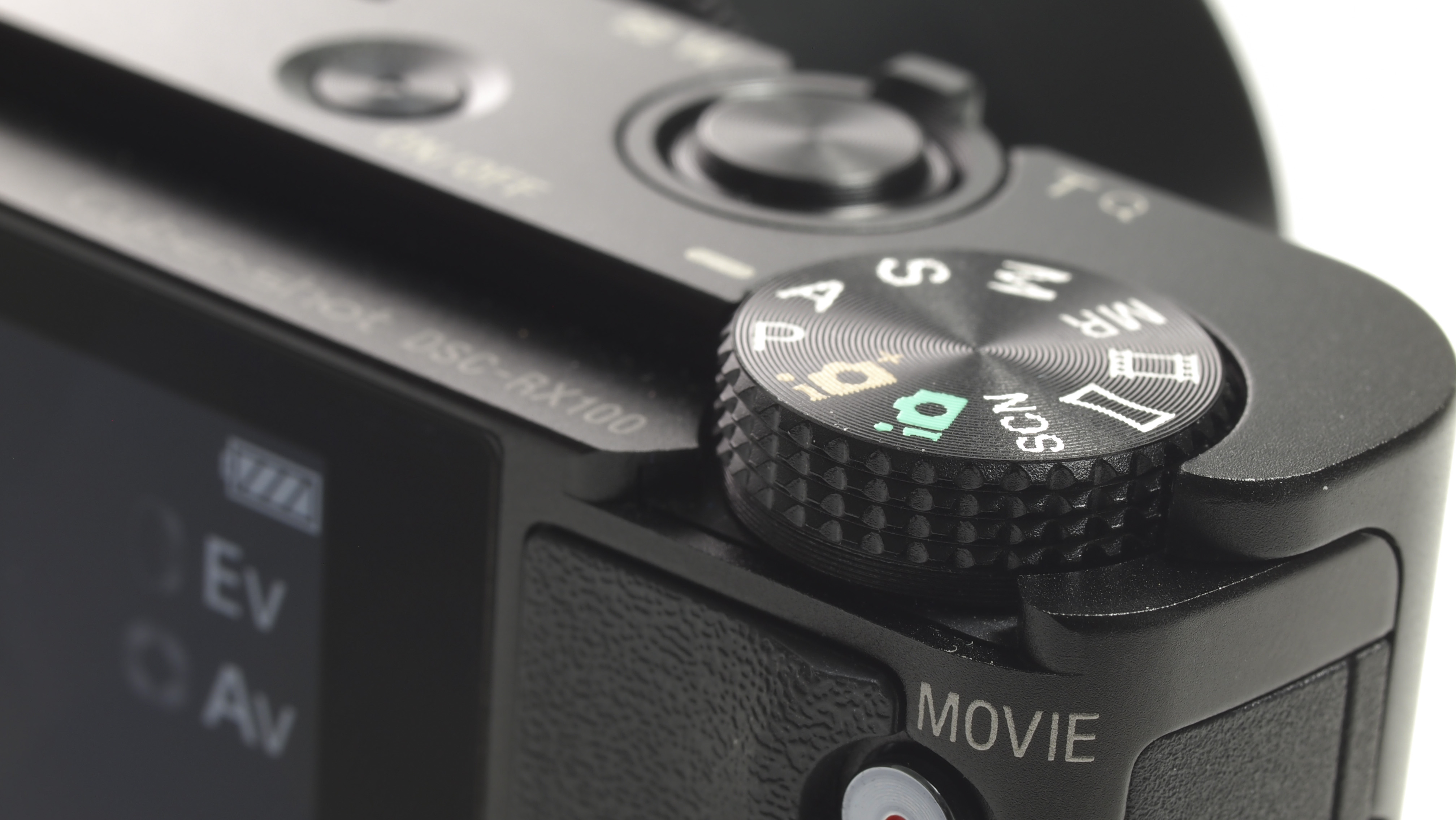
The RX100 is equipped with a 3.6x optical zoom lens. The physical size of the zoom is packed away in the camera’s tiny body and feels very study when fully extended. The zoom is operated via a switch at the top of the camera. This feels solid and well made, and zooming itself is smooth and fluid
Again, although it is diminutive, Sony has made good use of space on the RX100 with a sensible button layout. The buttons themselves are well made, and give a satisfying click when pushed. Each of the buttons on the back of the camera is customisable, depending on how you prefer to shoot – or the settings you want to use most often.
Somewhat similarly styled to the Canon S100 premium compact, the RX100 also features a ring around the lens which can be used to set a number of different functions, such as aperture, depending on the shooting mode. It can also be customised to a different setting should you prefer it.
The ring is a great bonus, and is another element which adds an air of quality, as well as retro chic, to the RX100. Turning it smooth and fluid, while the clicks it makes as you rotate the dial can be switched off if you are shooting in video or just prefer a more discreet option.
One of the most useful features of the camera is the ability to add up to seven different functions to the Fn button. These can be changed to suit your needs, and you can also elect to only save a couple here to prevent lots of scrolling.
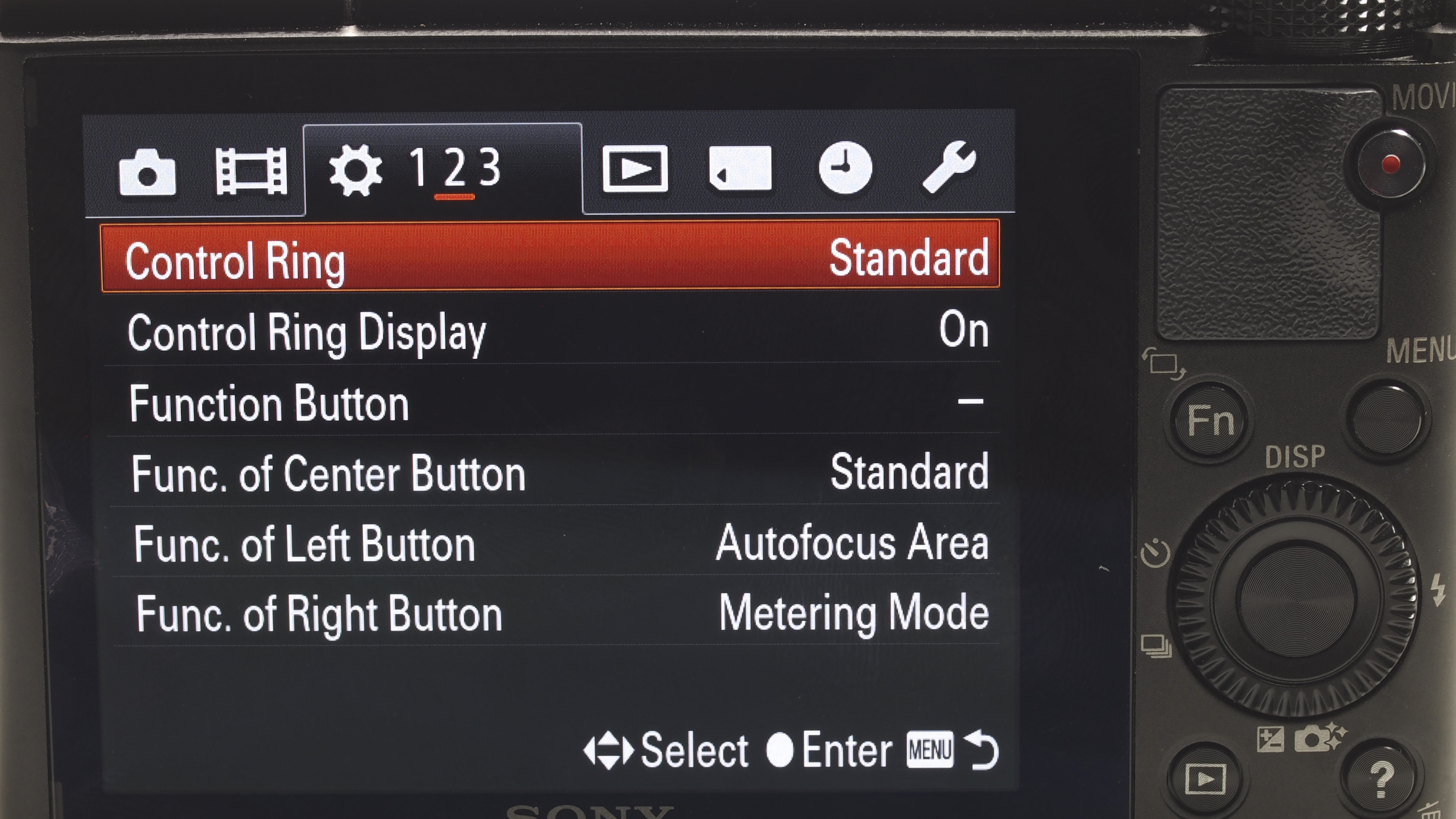
A button that does appear to be missing, is a dedicated delete button. However, the question mark button acts as a delete button when entering playback mode.
The menu system will be incredibly familiar to anyone using any of Sony’s DSLT range, being almost identical. Most features are easy to find, and you can set the Menu to either start from the first page, or the previous page you were looking at – a handy feature if you’re changing the same setting often.
Start-up time for the RX100 could be quicker, taking a couple of seconds to go from power off to focusing on a subject. It’s possible that very quick action could be missed due to this, but it should be fine for the majority of shots.
With its fairly large size (3 inch) and high resolution (1.229k dot), the screen is one of the RX100’s best features, offering a clear and bright view from a number of different viewing angles. Images appear sharp, bright and colours look fantastic from the device. Working well in outdoor conditions, it only starts to struggle to provide a clear view in the very brightest of sunlight.
Sony has equipped the screen with TruBlack technology and a RGBW (red, green, blue, white) structure, which it says is favourable for higher contrast. Using the screen in practice is very good, whether composing images or playing back those already shot.
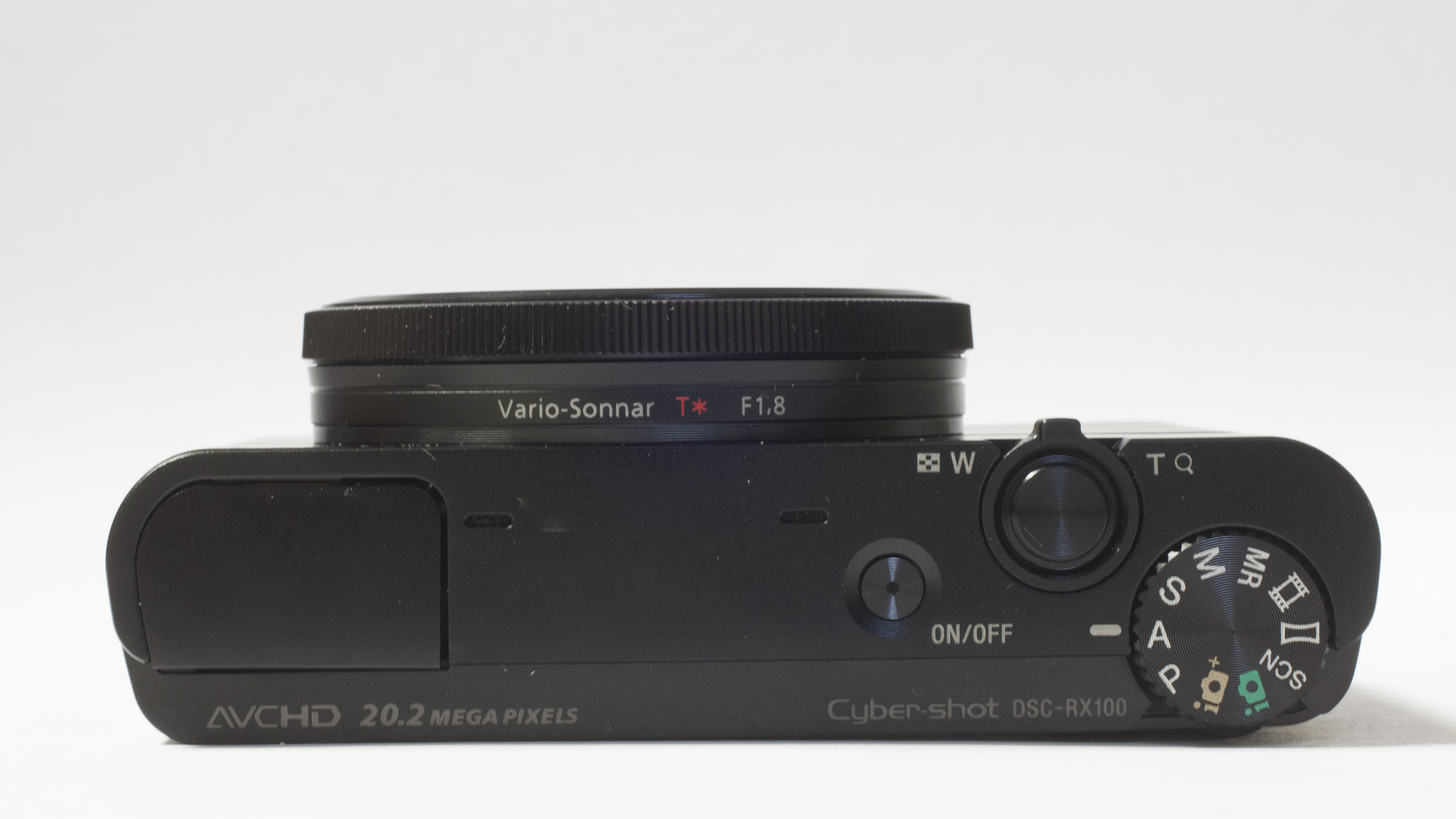
One complaint however, is that the device is not a touchscreen. That would have been extremely handy for functions such as changing the autofocus point, but Sony has said that it doesn’t feel that the target user of this camera necessarily desires a touchscreen option. We’re not sure we agree with this, but we can see that the company is trying to appeal to a more “traditional” kind of user.
Although other cameras in this segment (notably the Canon G12) have an articulating screen, this camera is all about keeping it sleek and simple and a flexible device would obviously add bulk. Some may feel it’s a shame that there’s no hotshoe, or accessory port, to add an optional electronic viewfinder, but again this would have meant sacrificing sleekness.
One of the most appealing aspects of the RX100 is its ability to shoot in raw format. However, this option is not available for all shooting modes, such as Picture Effects, Clear Zoom and Auto Portrait Framing.
It would have been nice to be able to shoot in raw format for Picture Effects, so that you could remove them later in post-production, while Clear Zoom could have given you the option to shoot at the farthest optical reach of the lens and allowing you to crop in later. Not only this, but it’s also frustrating having to dive back into the main menu to switch off raw shooting then go back to the mode you were trying to use. Perhaps Sony could implement a pop-up box which says “Would you like to turn off raw shooting?” to solve this.
Speaking of the Picture Effects, which are basically digital filters, an impressive number can be found on the RX100. However, with so many to scroll through (an option that can be accessed via the Fn button), it would be nice to be able to quickly switch off any deployed art filter, rather than having to scroll through lots of others to reach the “off” setting.
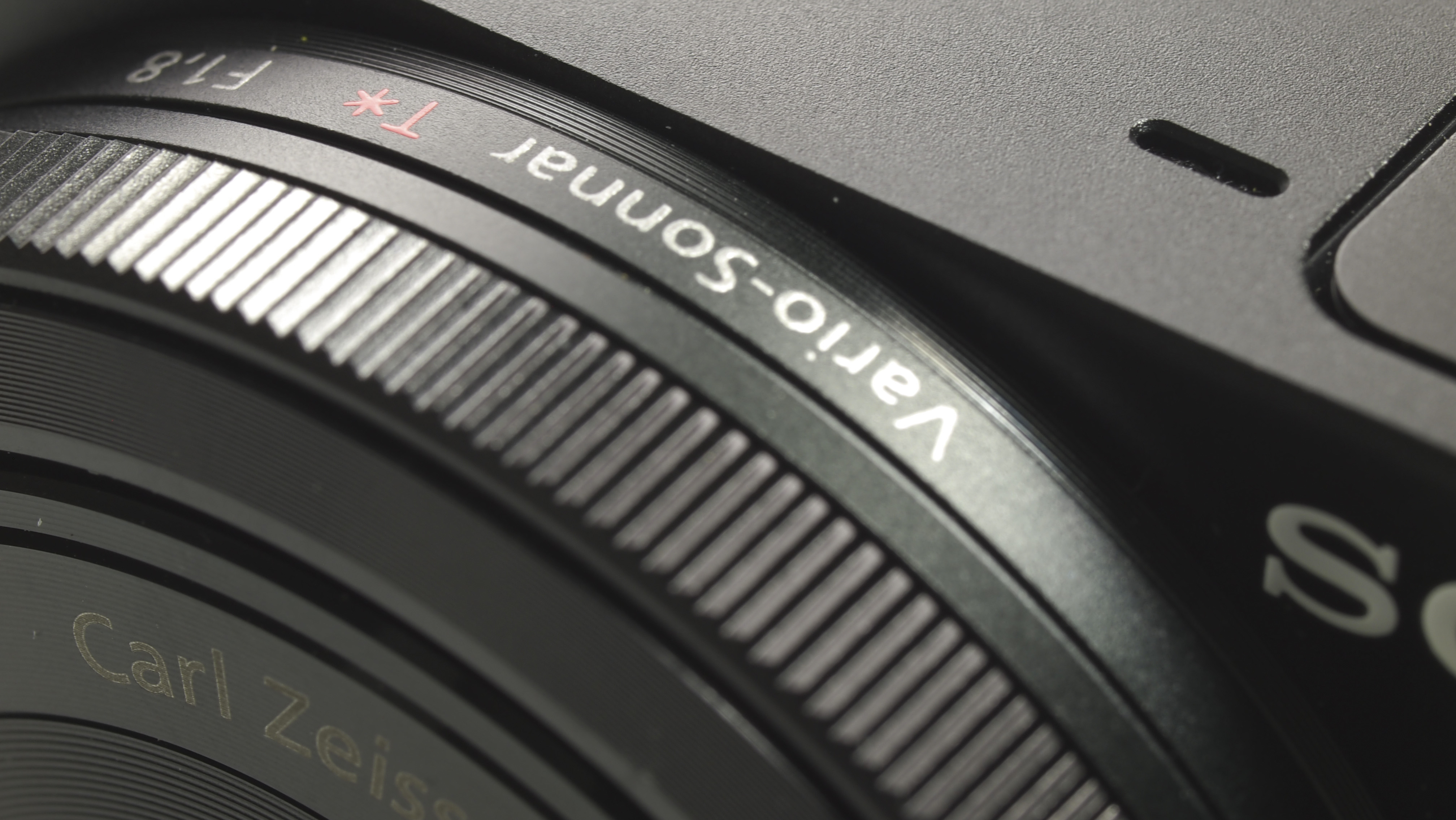
Some of the filters don’t display a preview on the screen, such as Illustration, meaning it can be easy to forget you have this setting activated and accidentally leave it on when shooting something else. Since you can’t shoot in raw format with this activated, you could be stuck with a less than desirable image in some cases.
A digital level can be activated by hitting the Display button a couple of times. This is extremely useful when shooting landscapes, and it’s handy that it stays on screen even when half-pressing the shutter to focus.
Sony clearly has high hopes for the RX100, describing it as a “game-changing” camera. We’re pleased to report that the images from it are very impressive.
Colours are bright and punchy, without being overly vibrant. Colours are also represented well in the majority of cases, with skies appearing natural and skin tones looking particularly good.
With its larger sensor and wide aperture lens, the RX100 is capable of producing some very creative images with blurred backgrounds.
Sony is keen to emphasise the quality of the lens attached to the RX100, which is produced by Carl Zeiss and features T* coating. It performs very well, with very little ghosting or flare to be found, even when shooting in direct sunlight.
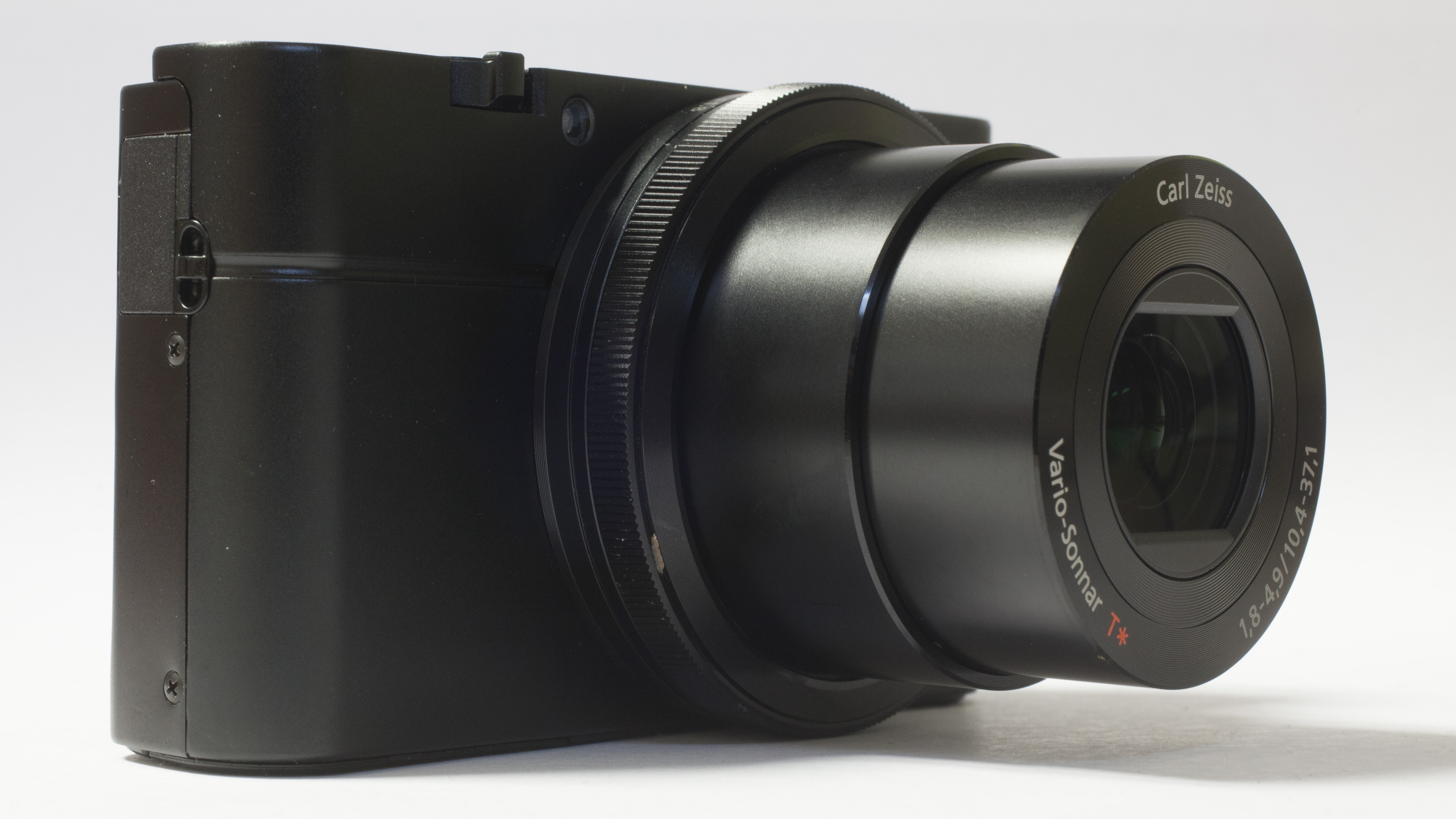
The wide aperture is also fantastic when shooting in lower light conditions, meaning you can still retain a lower sensitivity value with fast enough shutter speeds to get blur-free images in reasonably dark conditions.
Those images that are shot at higher sensitivities, such as ISO 800 and 1600 retain a good level of detail while also managing to keep image noise down. Sony admits that noise levels are higher than on one of its biggest likely rival cameras, the Canon S100, but also says that detail is retained better. Our time with the camera indicates this to be true, providing a good balanced image.
When shooting at apertures such as f/8, we can evaluate the sharpness of the lens. The RX100 is capable of delivering good quality images with lots of detail retained up to the edges of the frame.
Sony’s D-Range Optimiser function is another feature on the RX100 which has been brought over from its DSLT range. It works by analysing a scene for areas of dark and light and adjusting the exposure accordingly. On the RX100 this works very well to produce natural looking images that contain lots of detail in the shadows without burning out the highlights. You have the option to let the camera automatically decide this for you, or you can choose between levels one to five. You can also of course switch it off altogether.
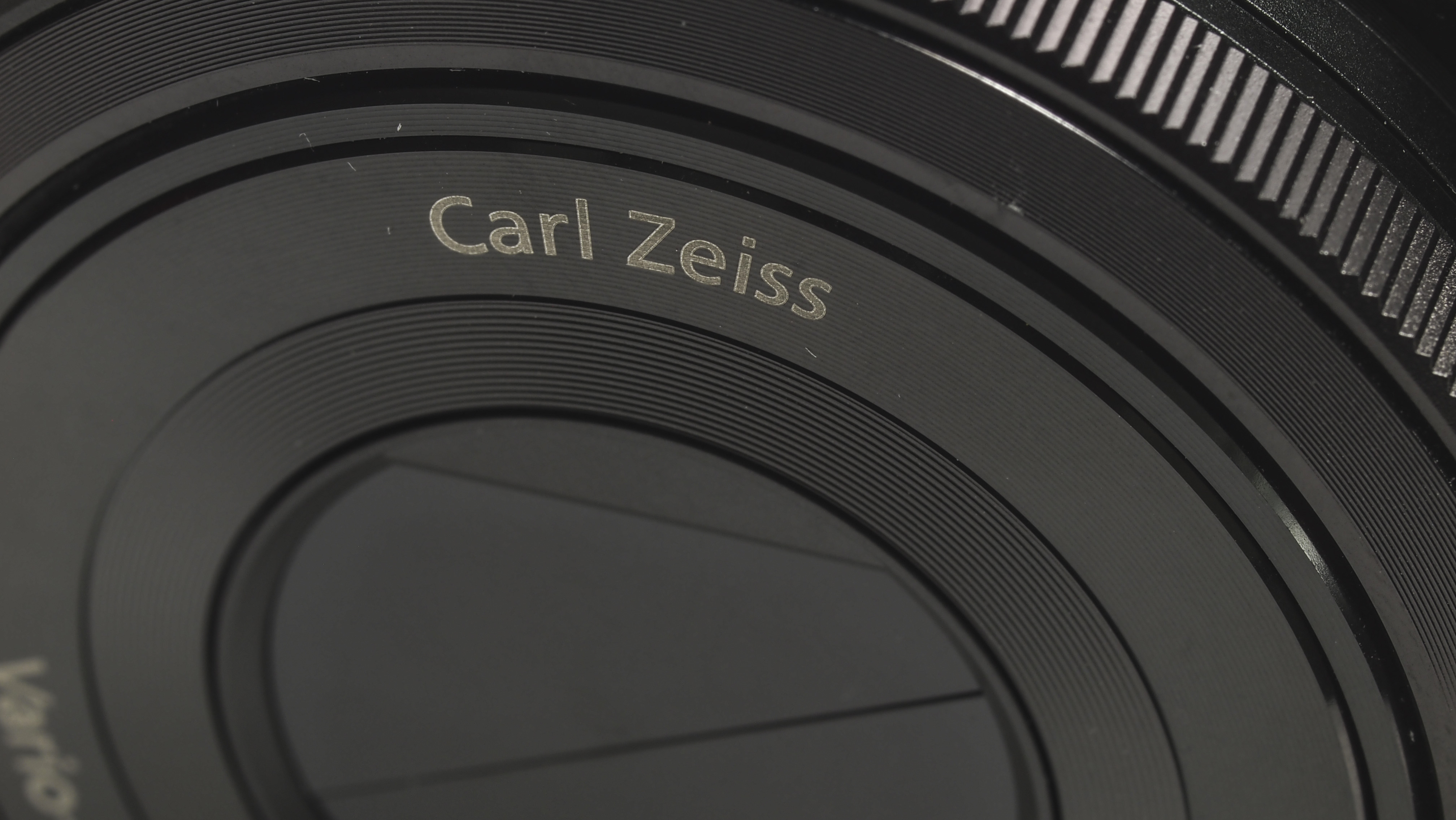
Digital filters are something which more and more camera manufacturers are packing onto their devices in a bid to rival popular smartphone apps such as Instagram. On the Sony RX100 this is no different, with an impressive 33 (although some of these are variations on the same theme).
While some of course will be used more often than others, down to personal preference, several of the Effects are great fun to experiment with. One such example is the Illustration Effect, which makes images appear as if a drawing. Other interesting ones are Toy Camera (which has several variations) and Miniature, which mimics the effect of a tilt-shift lens.
Miniature has a few variations, allowing you to choose exactly where to place the area of focus (while the rest of the image becomes blurred), or have the camera automatically choose for you. This works well, especially when shooting from a high vantage point and can provide some impressive results.
It seems a little odd that Picture Effects aren’t available in fully automatic mode, and as previously mentioned it’s a shame they aren’t available in in raw shooting mode.
Another shooting mode which can be accessed via the mode dial is Sweep Panorama. This works by shooting a number of images as the camera is swept across a scene. These images are then combined in camera to produce the resulting panorama.
A mainstay of Sony cameras for a couple of years now, the mode is a fun extra and will surely be appreciated by holiday makers. When examining these images at 100% it’s clear that the image quality isn’t the finest it could be, but at normal web sizes where these would likely be displayed, quality is more than adequate.

Although aimed pretty squarely at the advanced photographer looking for a second camera as back-up, the camera also comes with Intelligent Auto and Superior Intelligent Auto. Both work well to identify a scene and apply the most appropriate scenes. Even the most experienced photographer may appreciate the ability to concentrate on composition and capturing quick snaps with this mode.
It’s also a great camera for learning on, offering Shooting Tips which can be activated via the question mark button on the back of the camera when in shooting mode. Having fully manual and semi automatic capabilities is also helpful for those that outgrow the automatic modes and want to get a bit more creative with their photography.
Clear Zoom is one of the key features which Sony is keen to promote. Also found in its Alpha DSLT range, it works in the same way as a traditional zoom, but uses By Pixel Resolution Technology to keep resolution and quality high.
When examining the images shot at full Clear Zoom at 100%, it is noticeably worse than examining images shot at the full optical telephoto end of the lens. However, when viewing images at normal printing or web viewing sizes, the quality is very good. The Zoom function effectively boosts the 100mm (equivalent) optic to a 200mm lens – a very useful function for travel and holiday photographers, and one we can see being appreciated by many. It’s a big shame however that you can’t activate Clear Zoom when shooting in raw format.
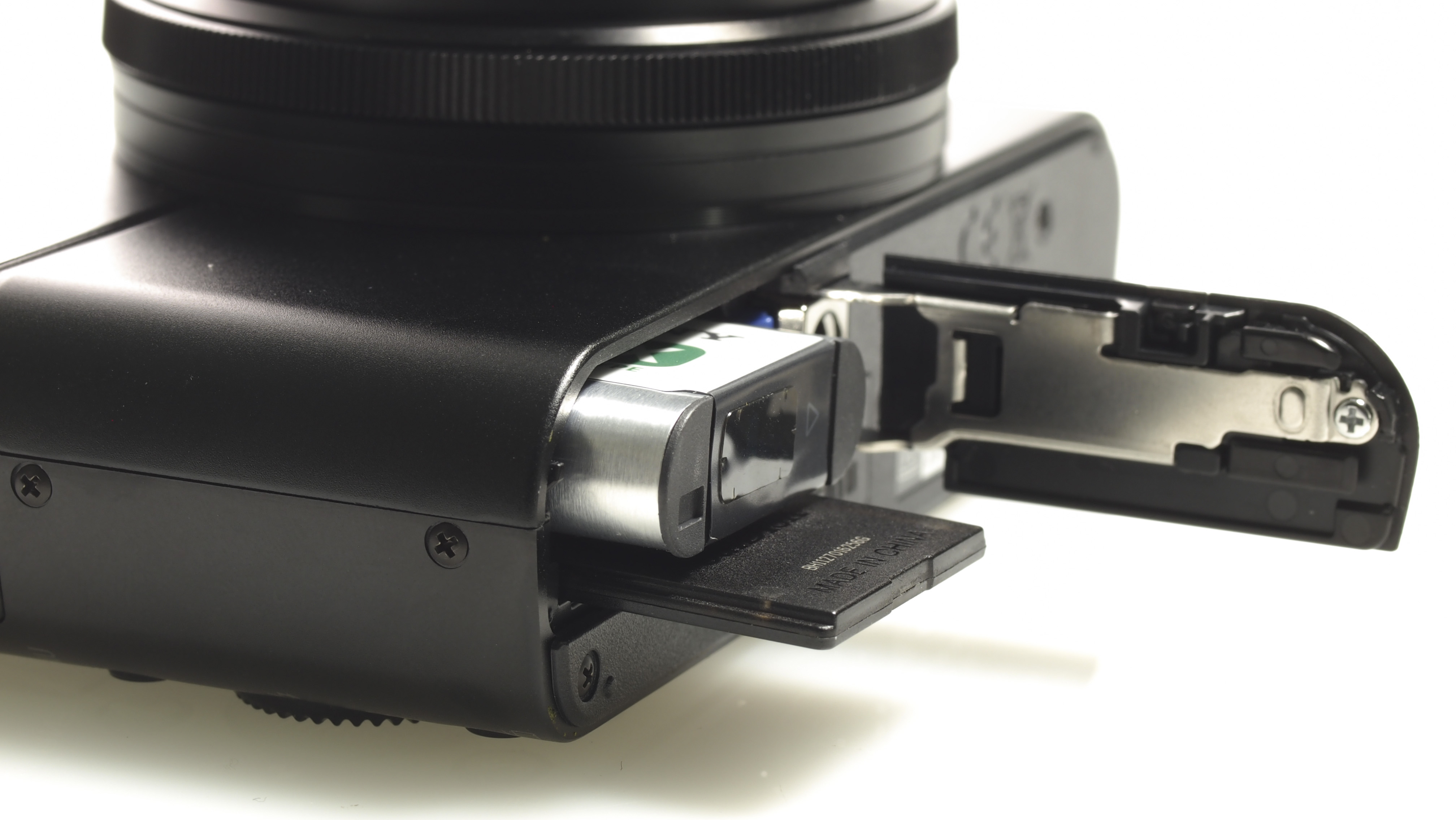
Sony claims that focusing on the camera is very quick, as speedy as 0.13 seconds in bright conditions, falling to 0.23 in darker conditions. In use, the RX100 is very quick and accurate to focus in the majority of cases. It’s capable of macro focusing from 5cm (at the widest angle) and this works well to produce close-up images. It’s nice to have this functionality with a larger sensor camera, as others, notably the Canon G1X struggle with close focusing distances.
As part of our image quality testing for the Sony RX100, we’ve shot our resolution chart.
If you view our crops of the resolution chart’s central section at 100% (or actual pixels), you will see that, for example, at ISO 100, the Sony RX100 is capable of resolving up to around 24 (line widths per picture height x100) in its highest quality JPEG files.
For a full explanation of what our resolution charts mean, and how to read them, check out our full explanation of our camera testing resolution charts.
Examining images of the chart taken at each sensitivity setting reveals the following resolution scores in line widths per picture height x100:

JPEG
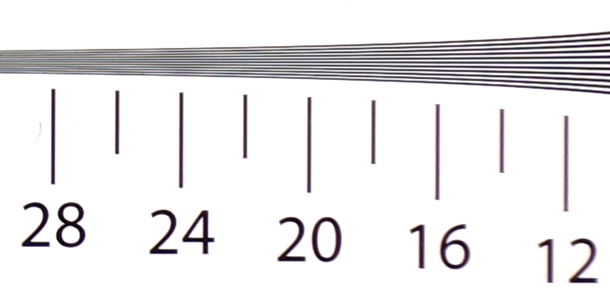
ISO 80, score: 24 (Click here to see the full resolution image)

ISO 100, score: 24 (Click here to see the full resolution image)
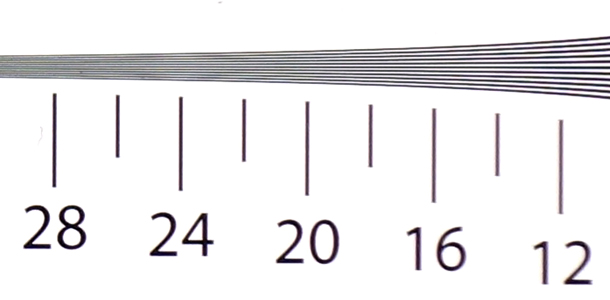
ISO 200, score: 24 (Click here to see the full resolution image)
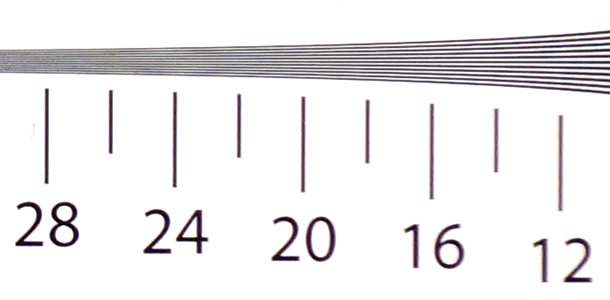
ISO 400, score: 24 (Click here to see the full resolution image)

ISO 800, score: 22 (Click here to see the full resolution image)

ISO 1600, score: 22 (Click here to see the full resolution image)

ISO 3200, score: 20 (Click here to see the full resolution image)
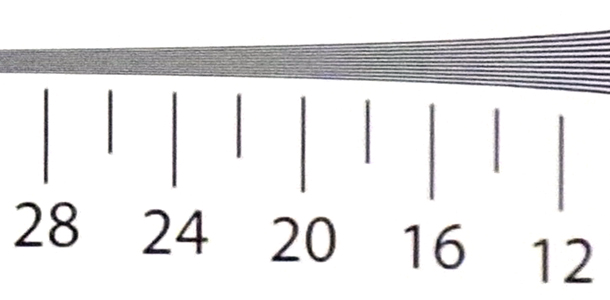
ISO 6400, score: 18 (Click here to see the full resolution image)
Raw images
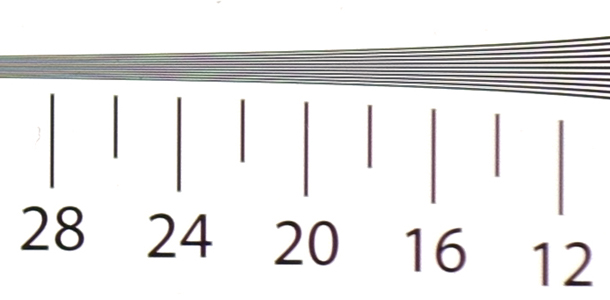
ISO 80, score: 24 (Click here to see the full resolution image)
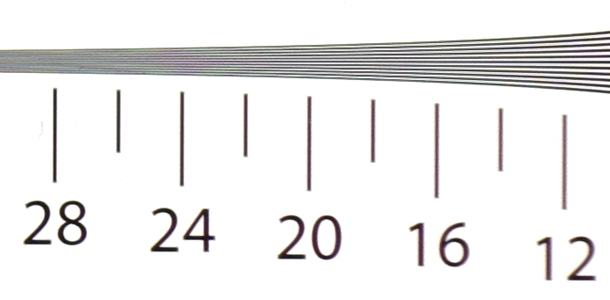
ISO 100, score: 24 (Click here to see the full resolution image)
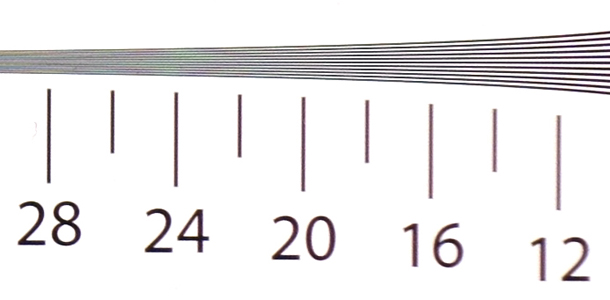
ISO 200, score: 24 (Click here to see the full resolution image)
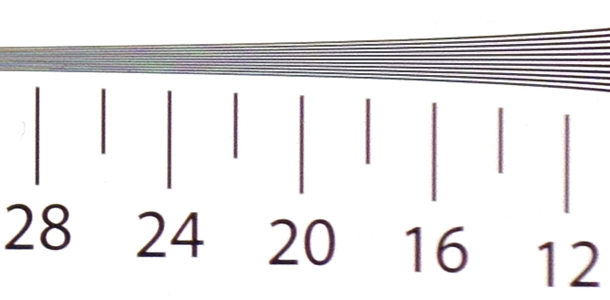
ISO 400, score: 24 (Click here to see the full resolution image)

ISO 800, score: 22 (Click here to see the full resolution image)

ISO 1600, score: 22 (Click here to see the full resolution image)
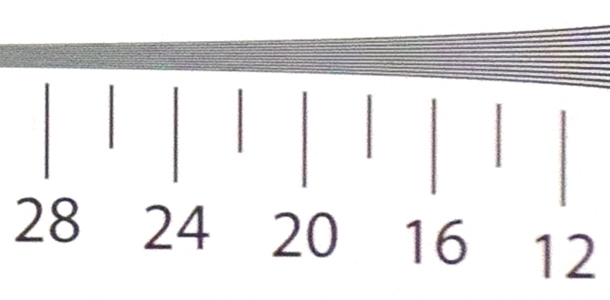
ISO 3200, score: 22 (Click here to see the full resolution image)
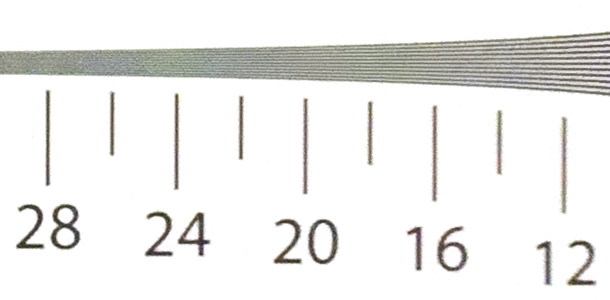
ISO 6400, score: 20 (Click here to see the full resolution image)
We shoot a specially designed chart in carefully controlled conditions and the resulting images are analysed using DXO Analyzer software to generate the data to produce the graphs below.
A high signal to noise ratio (SNR) indicates a cleaner and better quality image.
For more details on how to interpret our test data, check out our full explanation of our noise and dynamic range tests.
JPEG Signal to Noise Ratio
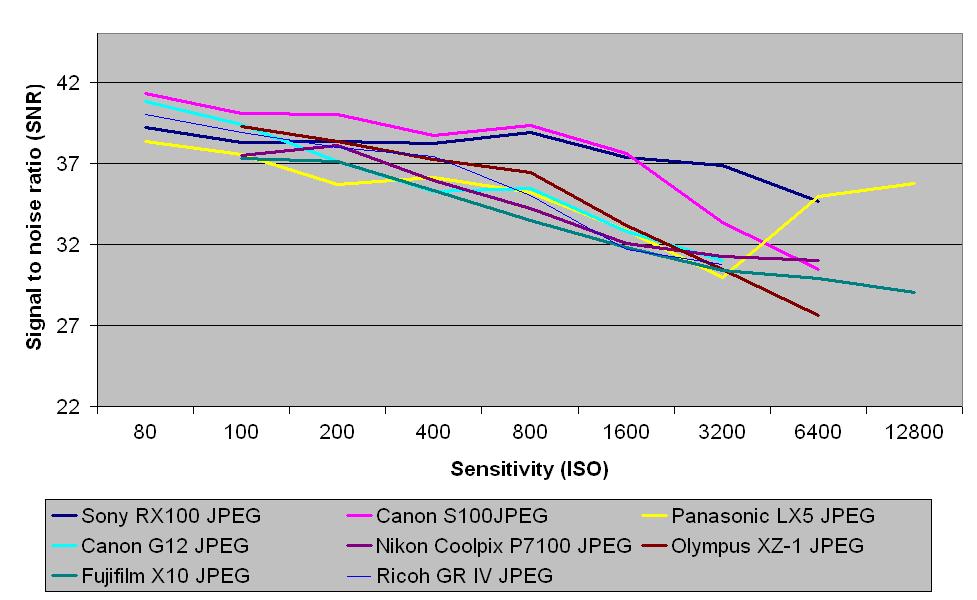
Raw Signal to Noise Ratio

Here we can see that for signal to noise ratio, the RX100 compares favourably against all of the other comparable cameras. Although it is beaten in the lower sensitivities by the Canon S100 and Canon G12, it is more consistent throughout its sensitivity range, beating all of the comparable cameras at higher ISO settings (ISO 1600, 3200 and 6400).
JPEG Dynamic Range
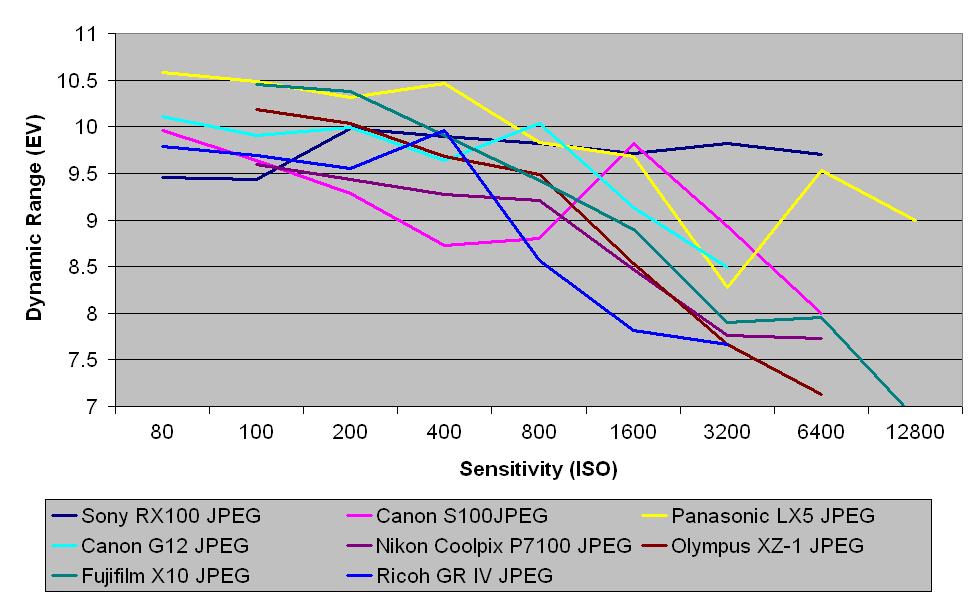
Raw Dynamic Range

In terms of dynamic range, the RX100 is again the most consistent camera in the test. At the very lowest sensitivities it is beaten by other cameras, but at mid-range sensitivities it performs very well, really coming into its own at high sensitivities, beating all of the comparison cameras at ISO 3200 and 6400, and all but one of the cameras at ISO 1600.

Click here to see the full resolution image
The RX100 is fantastic for shooting portraits, producing rich colours and good skin tones. You can select the autofocus point to focus on the eye, just as you would with a compact system camera or DSLR.
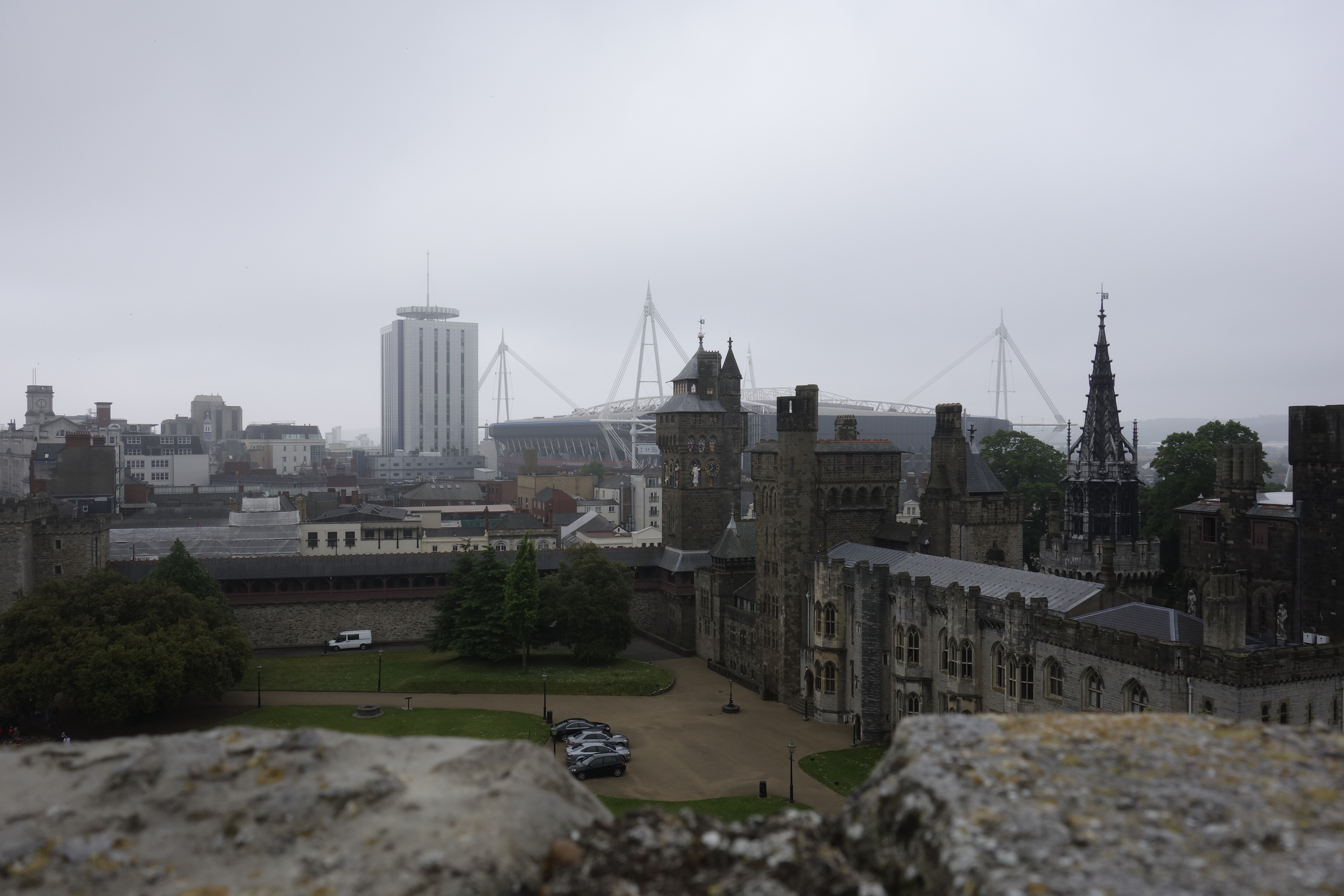
Click here to see the full resolution image
28mm (equivalent)
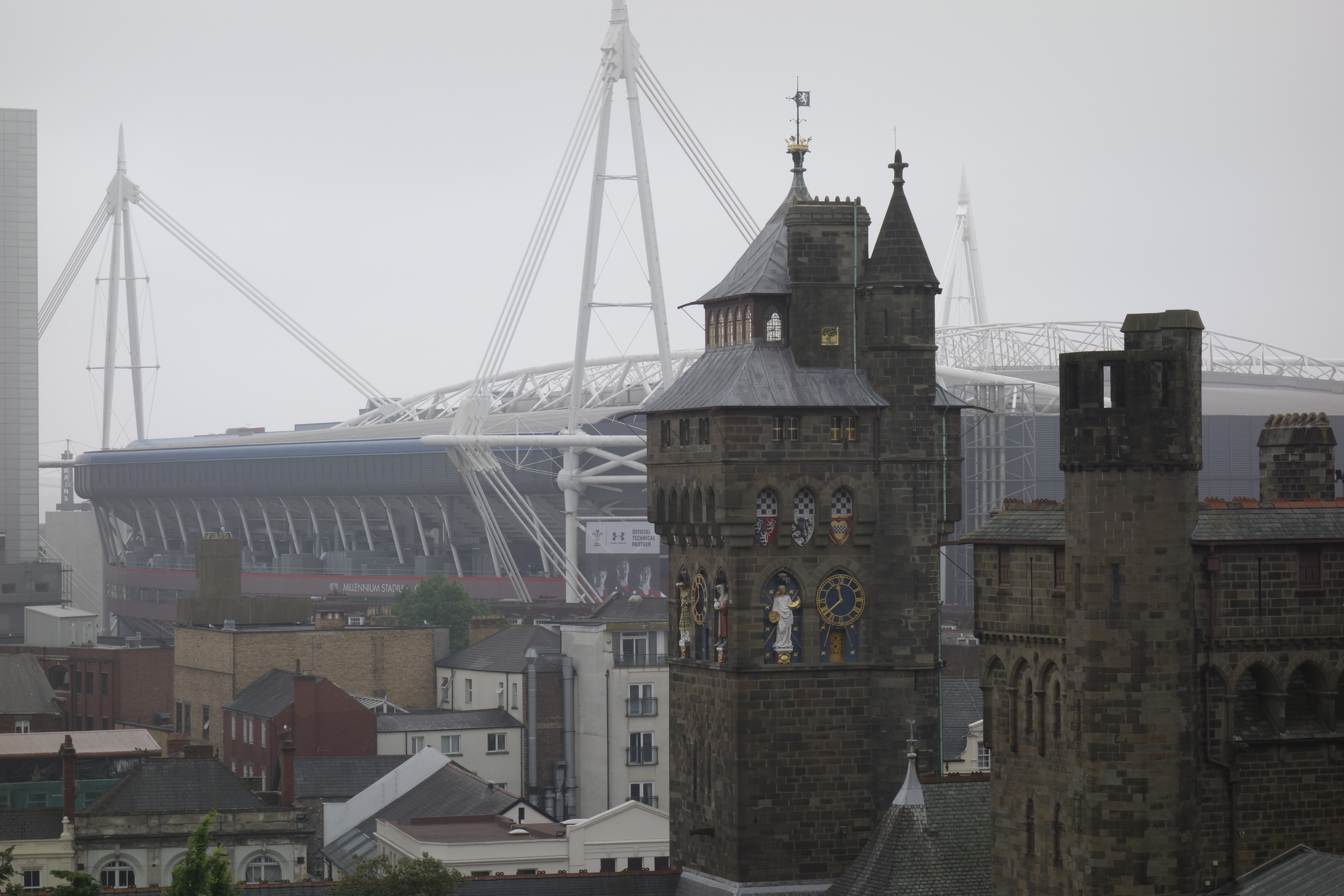
Click here to see the full resolution image
100mm (equivalent)

Click here to see the full resolution image
The above three images show the lens set to 28mm (fully wide), 100mm (fully optically zoomed) and with full Clear Zoom (200mm) applied. If you examine the Clear Zoom image at 100% you will see there is a noticeable drop in quality, but it is still impressive at smaller sizes.

Click here to see the full resolution image
With Clear Zoom, the RX100 effectively transforms into a 200mm optic, which is very useful for shooting faraway action such as sport or when on holiday. Although quality is not as good as at fully optically zoom, By Pixel Resolution Technology does a good job of maintaining a good image.

Click here to see the full resolution image
The RX100’s native image ratio is 3:2, the same as found on a DSLR, but also available is 16:9 (widescreen), 4:3, and 1:1, as in this image, which produces a square crop. This image has also been shot in Vivid Creative Style.

Click here to see the full resolution image
An example of the Sweep Panorama which is captured in-camera. It works very quickly and easily, and is a fun mode to experiment with.

Click here to see the full resolution image
There are several Creative Styles that can be deployed even when shooting in raw format, such as this “Vivid” mode which really makes colours pop.

Click here to see the full resolution image
Another of the Creative Styles is black and white. If you shoot in raw format, you can remove, or swap, the Creative Style for a different one.
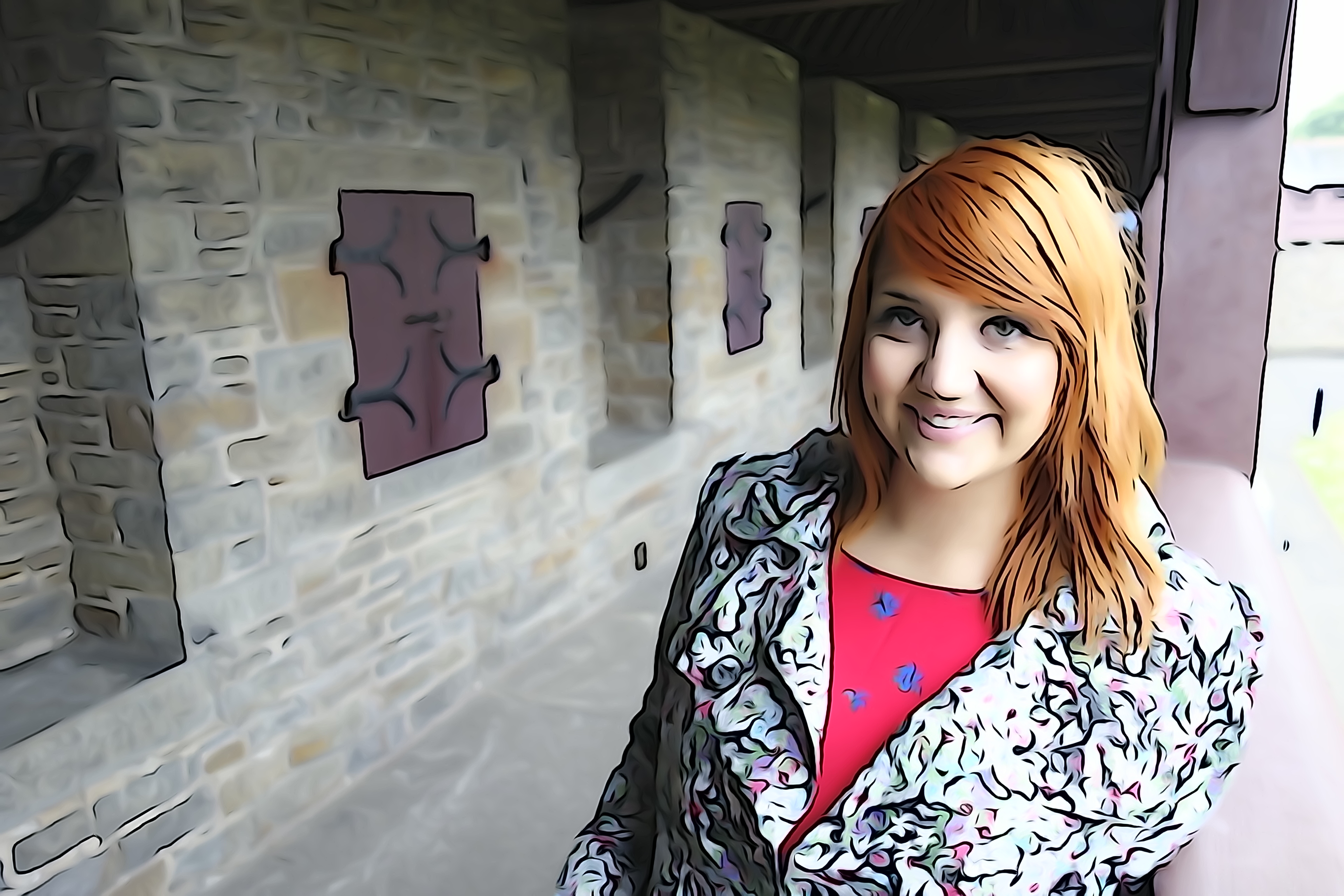
Click here to see the full resolution image
One of the Picture Effects on the RX100 is Illustration, which has three different variations – this one is “Mid”. Although not to everyone’s tastes, it does produce a fun result.
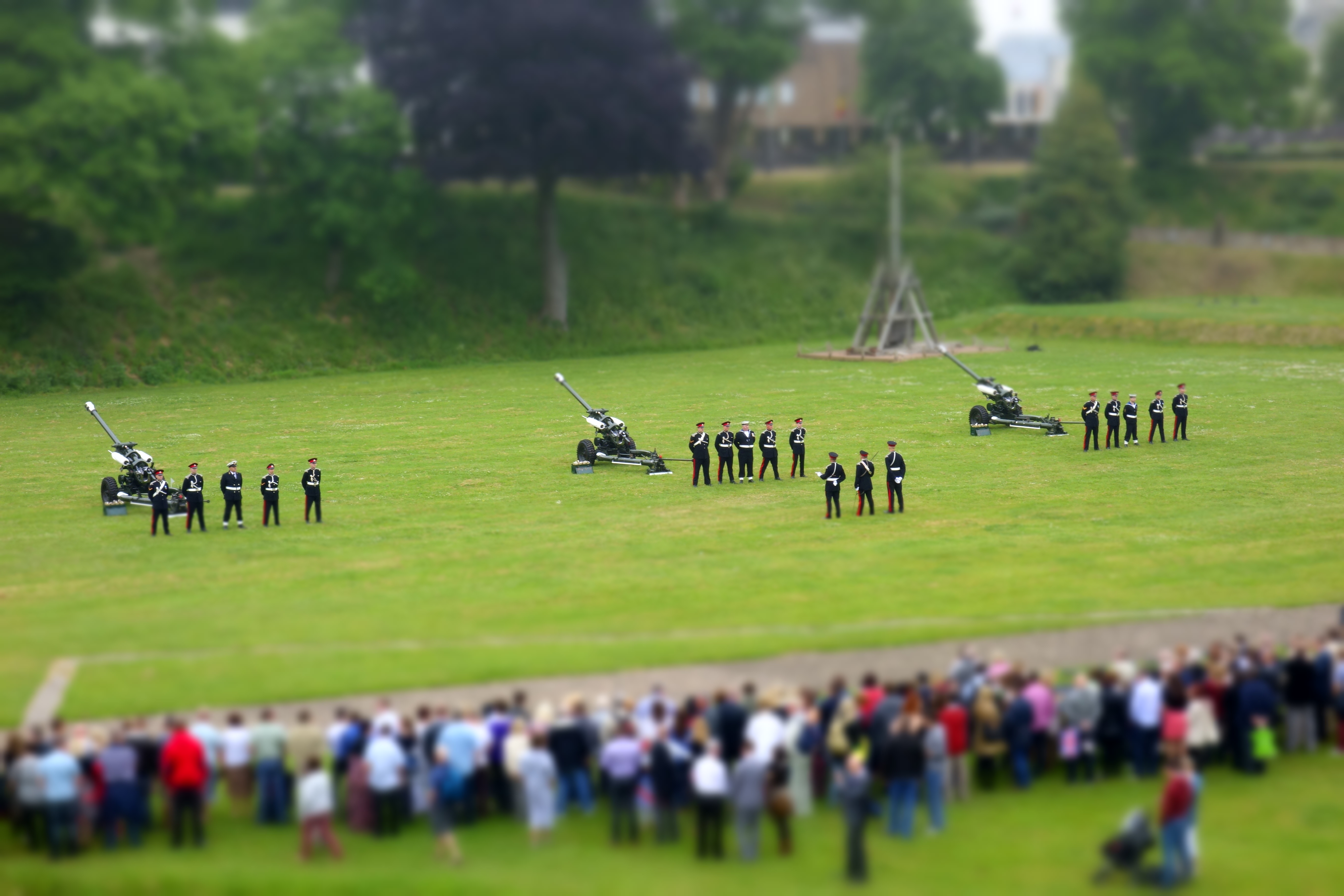
Click here to see the full resolution image
This image shows Miniature Auto being deployed. Only the centre of the frame is in focus, to give the effect of a Tilt Shift lens and making the figures appear as toys. This works best when shooting from a high angle.
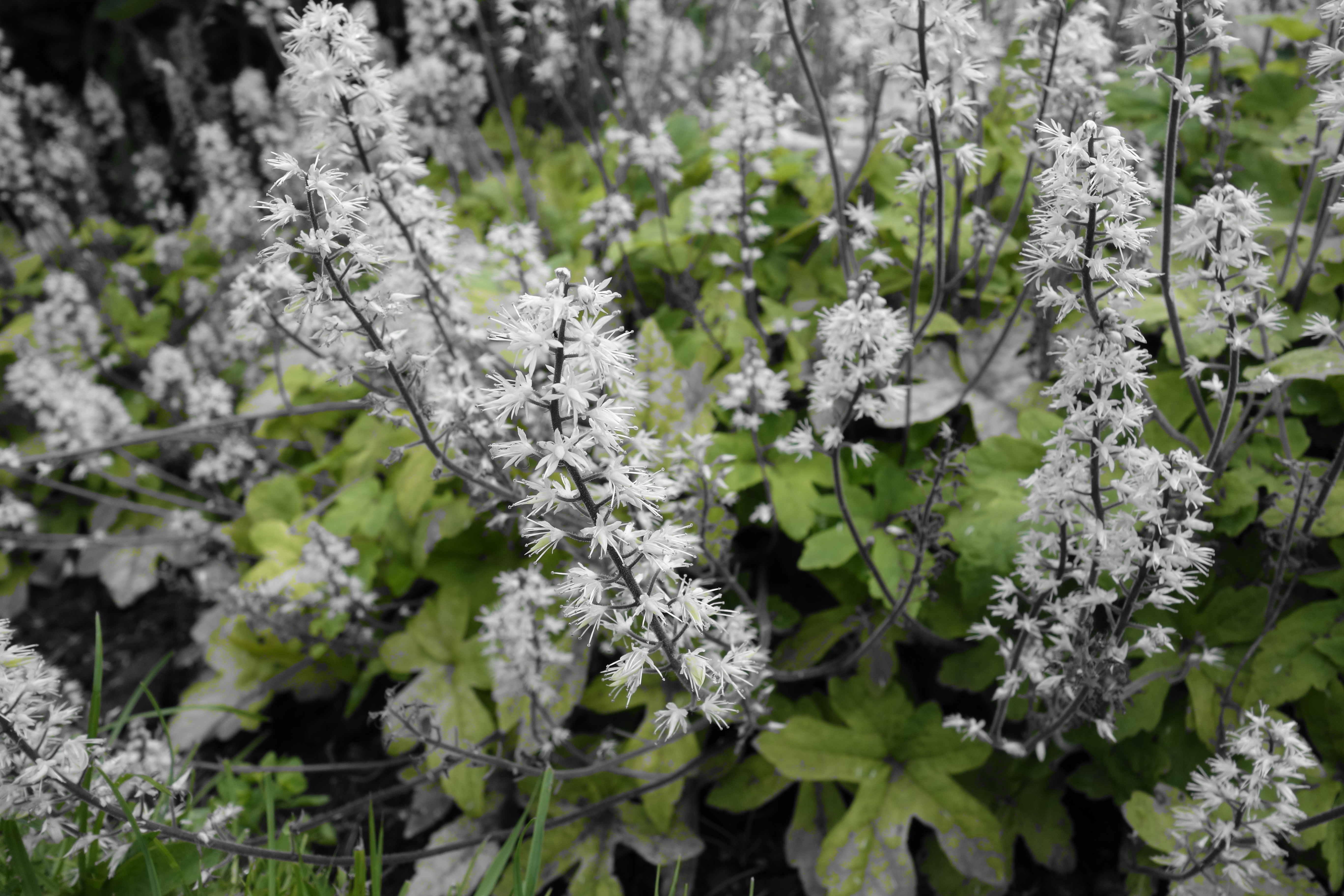
Click here to see the full resolution image
Partial Colour black and white is another Picture Effect. You have the option to choose between Red, Green, Blue or Yellow. Here, it has managed to pick up most of the green in the scene. Unfortunately, it’s not customisable to make it more, or less, sensitive to different shades so it has missed some areas of the leaves.
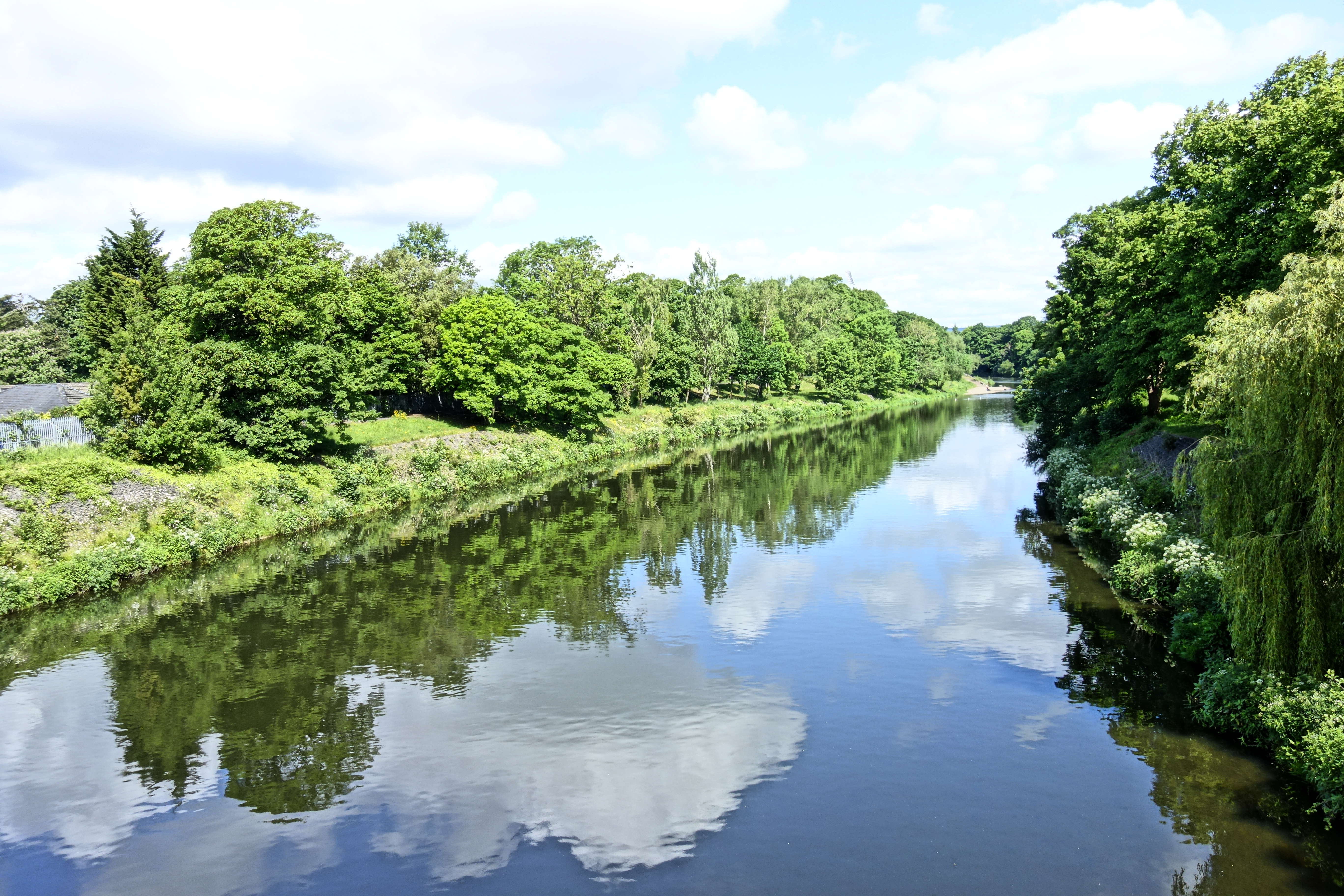
Click here to see the full resolution image
HDR images can be shot by using the HDR Painting mode. Available in three intensities, this image has been shot in “Mid”.
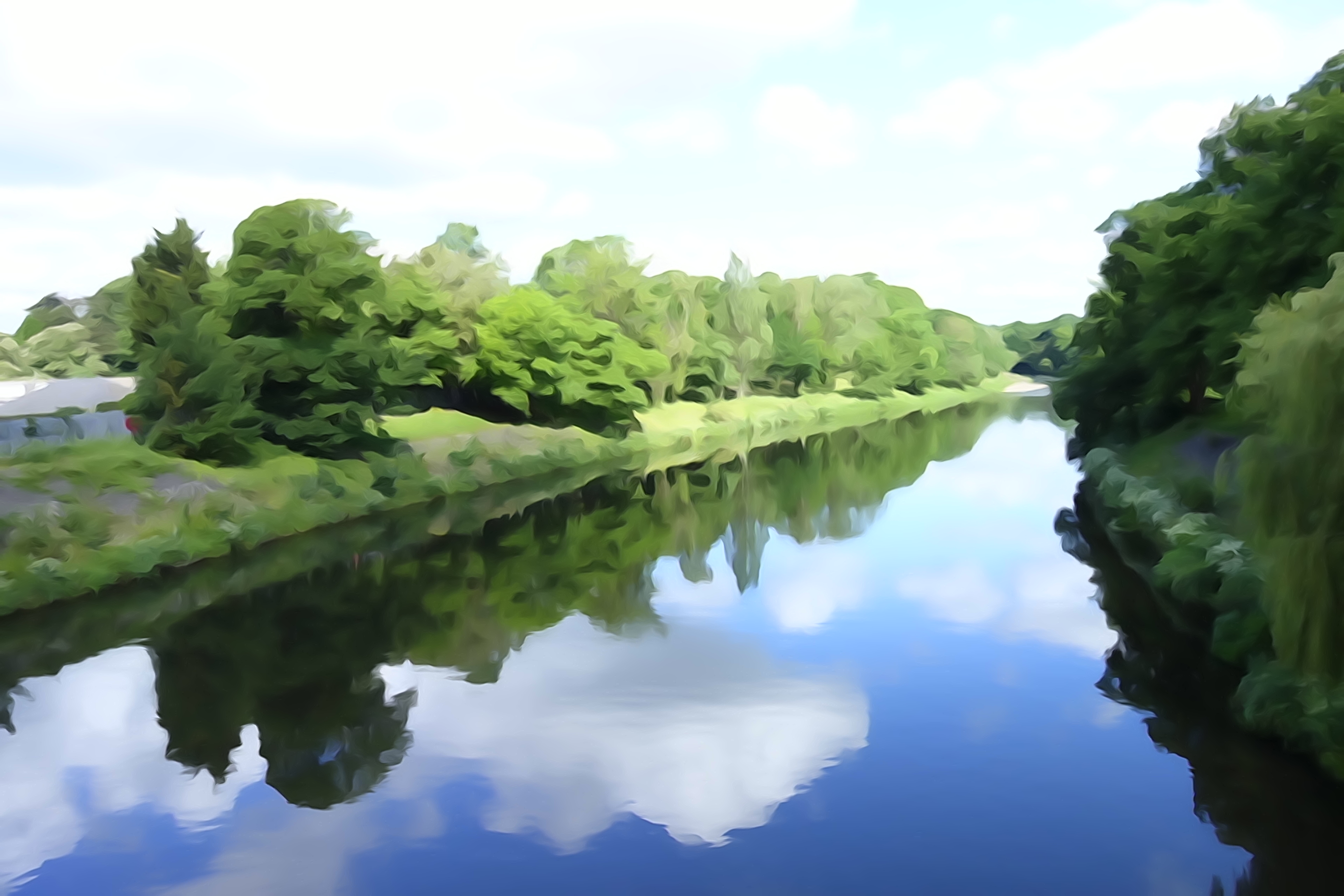
Click here to see the full resolution image
Another Picture Effect that won’t be to everyone’s tastes but has been implemented fairly well is the Watercolour effect, which gives the impression of a painting.

Click here to see the full resolution image
With a wide apertured lens and a large sensor, the RX100 is able to maintain low sensitivity settings and fast shutter speeds to produce blur free images even in lower light conditions.
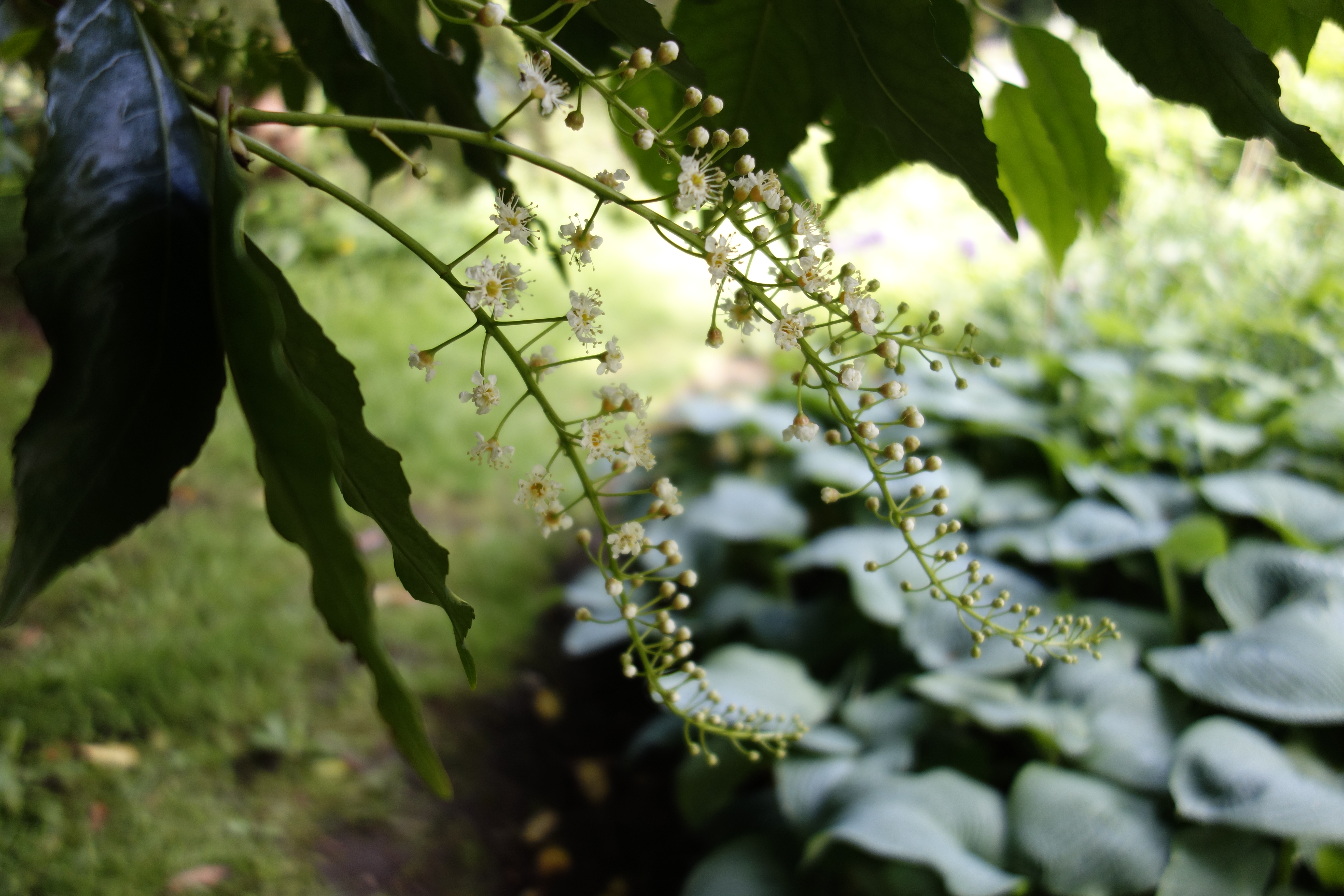
Click here to see the full resolution image
Shallow depth of field effects are easy to achieve thanks to the f/1.8 aperture lens and sensor which is approximately four times larger than those found on traditional compact cameras.
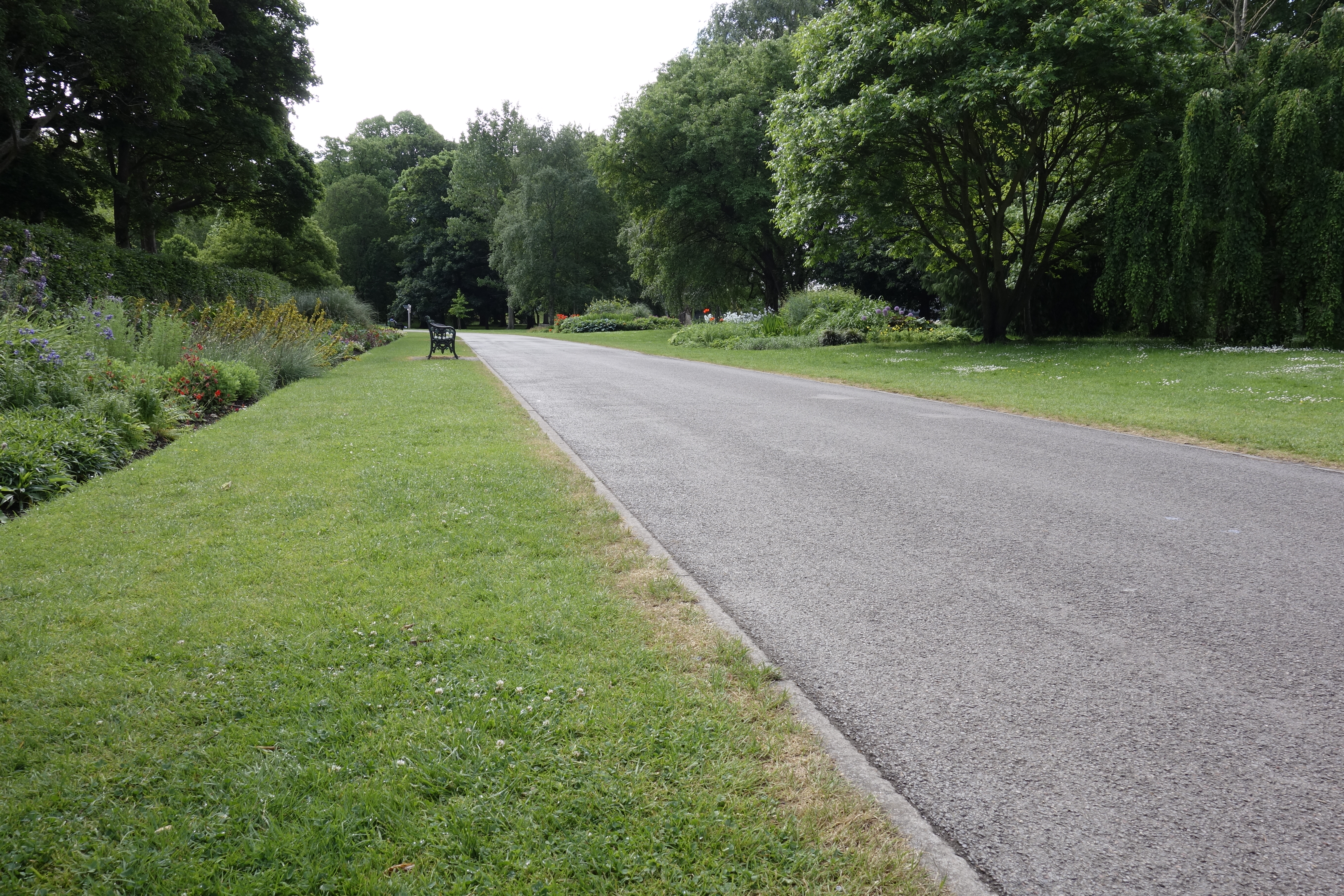
Click here to see the full resolution image

Click here to see the full resolution image

Click here to see the full resolution image
Here you can see the D-Range Optimiser in action. The top image shows how the camera performs with it switched to Auto, while the middle image shows it at “Level 5”. For comparison, the bottom image shows how the image would appear with D-Range Optimiser switched off.
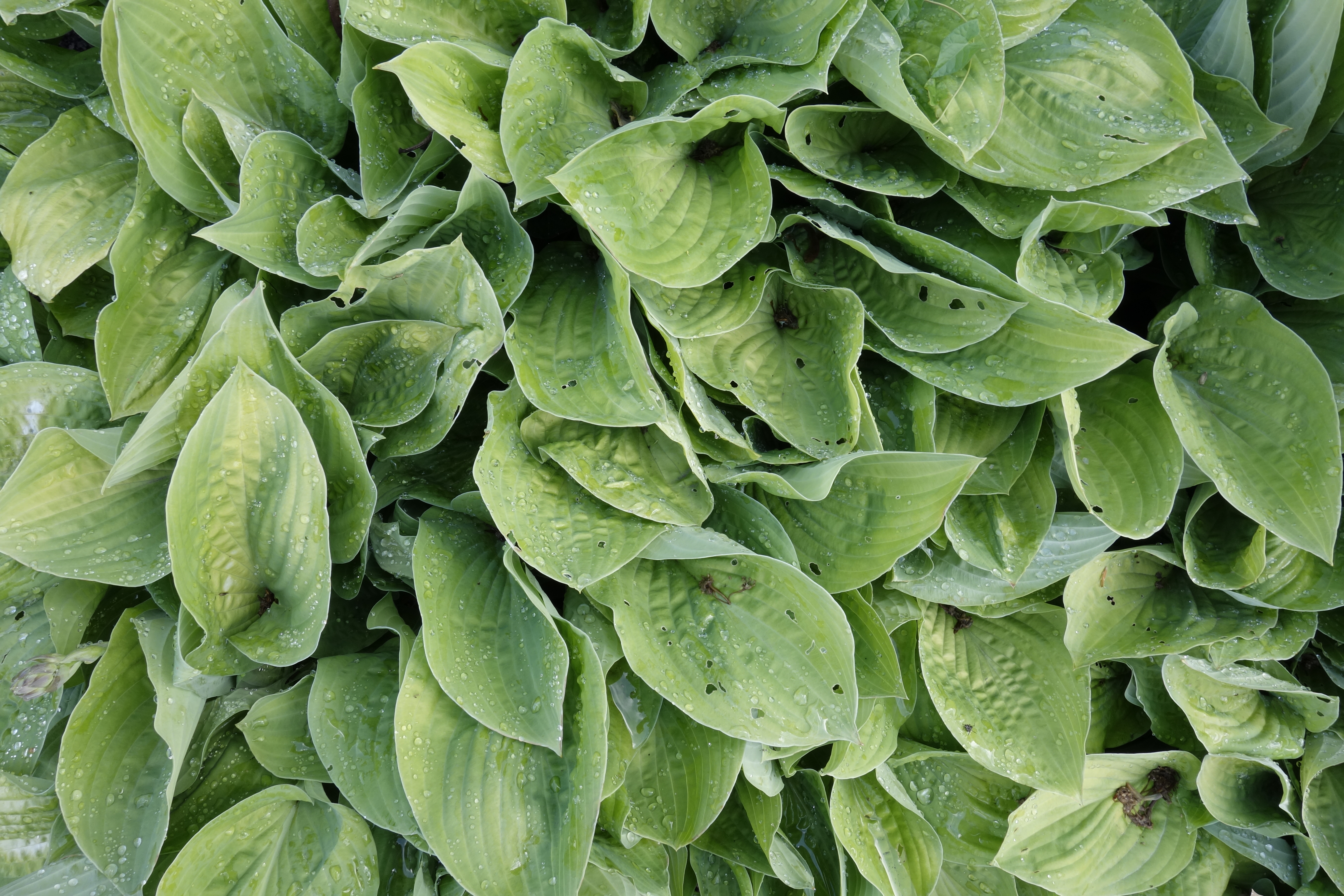
Click here to see the full resolution image
In this image shot at f/8 we can examine the detail and sharpness of the Carl Zeiss lens. A good amount of detail is captured, even towards the edges of the frame.
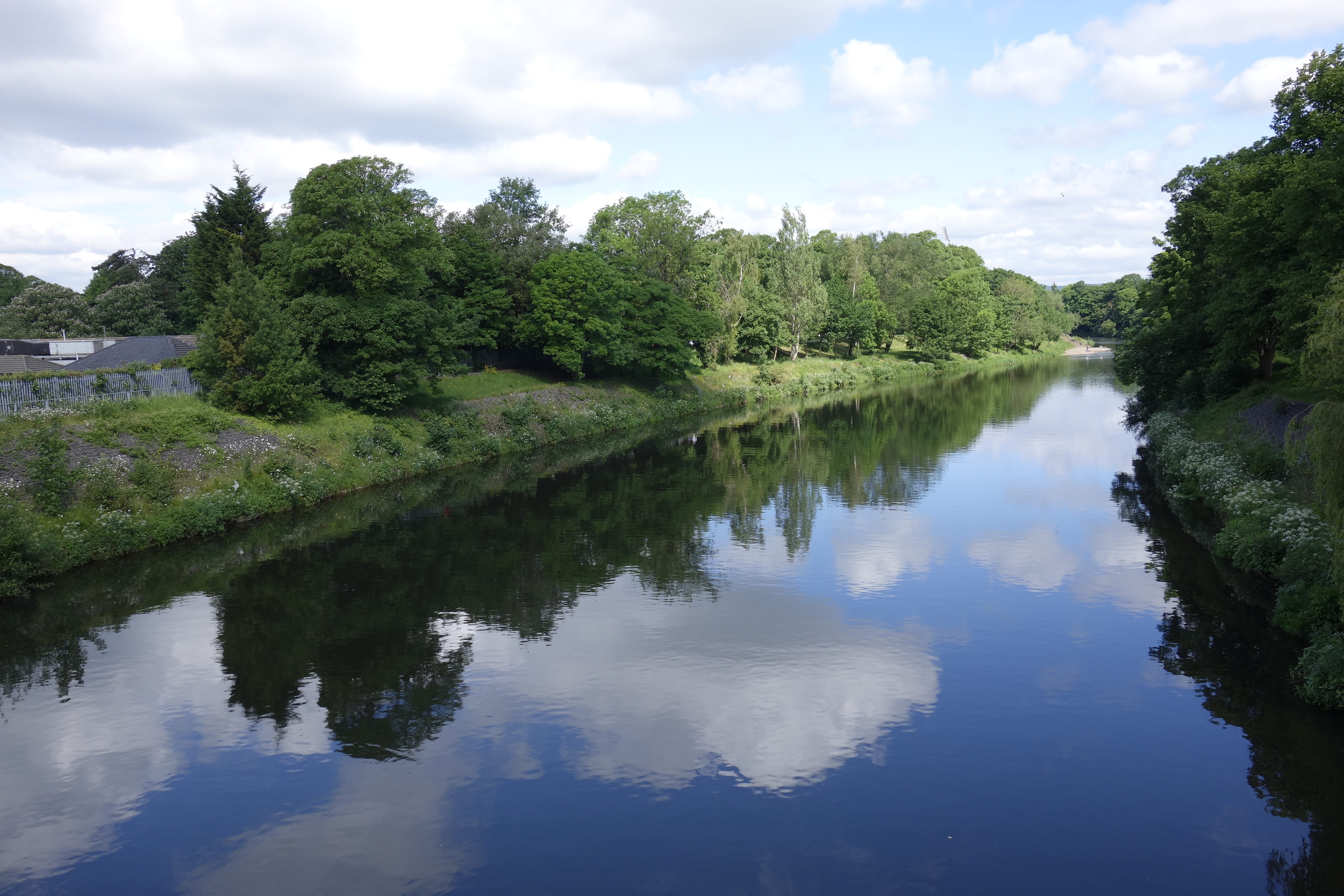
Click here to see the full resolution image
This image was shot in Super Intelligent Auto. The camera was able to detect a landscape scene and deploy the most appropriate settings. This is a good option to use if you just want to concentrate on getting the images, rather than fiddling around with settings.
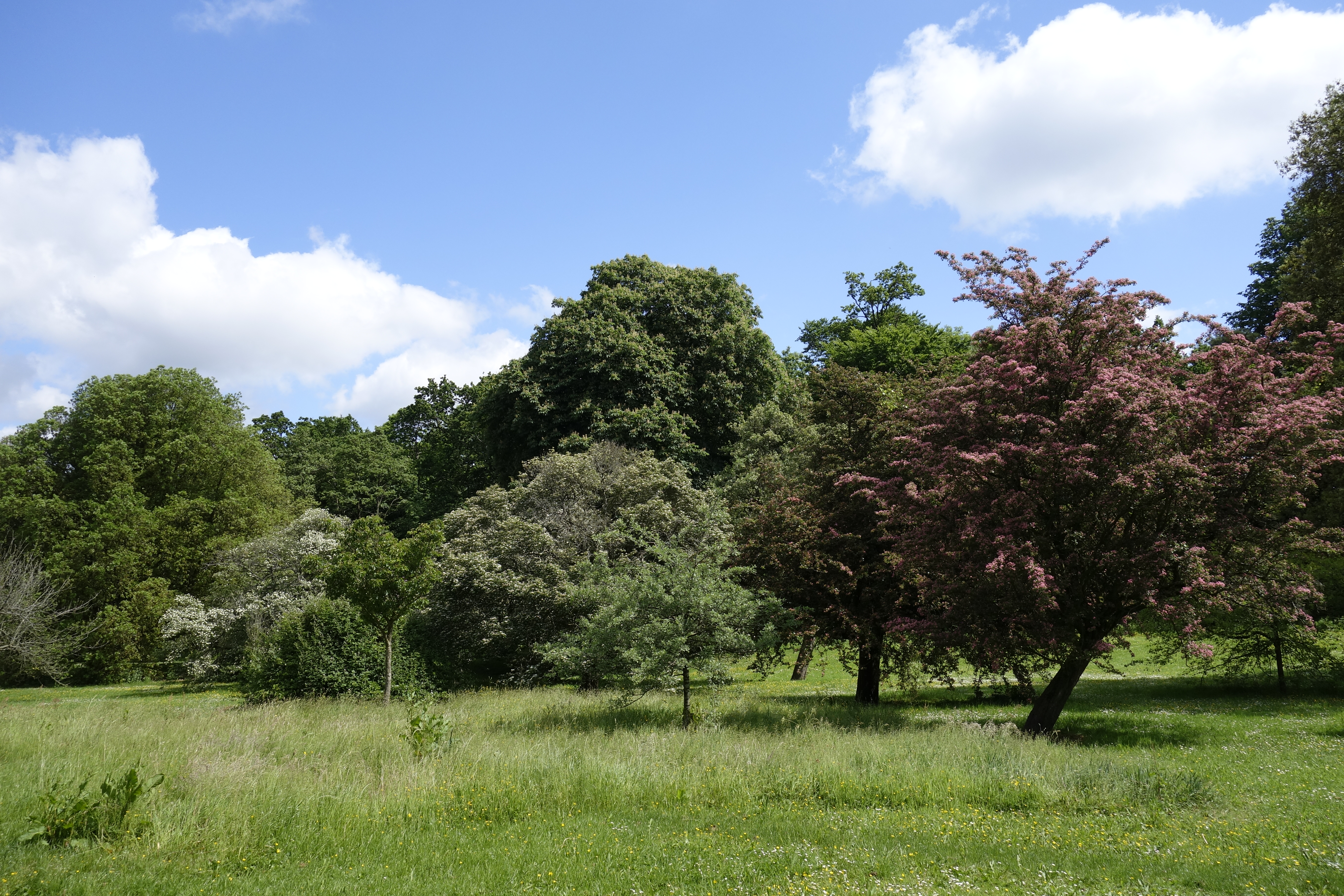
Click here to see the full resolution image
Colours are well represented by the RX100, here we can see the sky has a pleasing shade of blue.
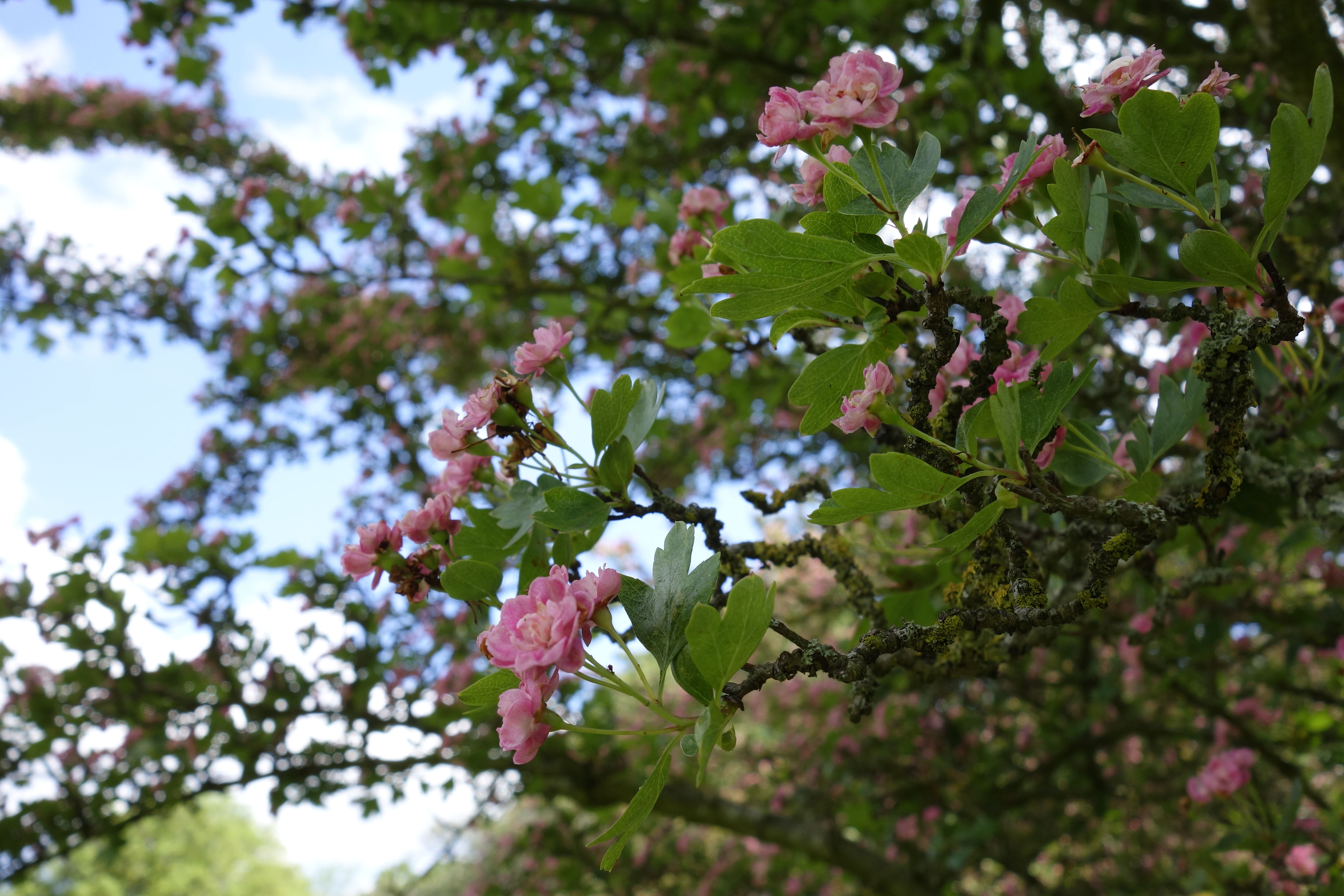
Click here to see the full resolution image
Another image which shows how well the colours are captured, with bright tones which aren’t overly vibrant.
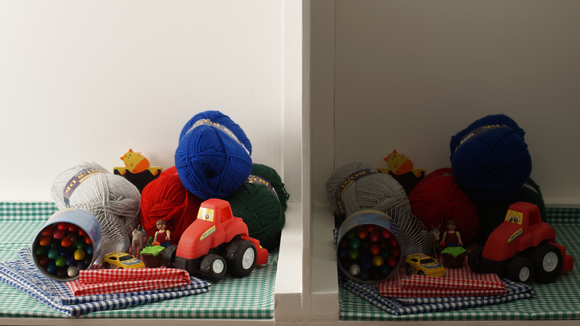
Full ISO 100 JPEG image, see the cropped (100%) versions below.
JPEG Images
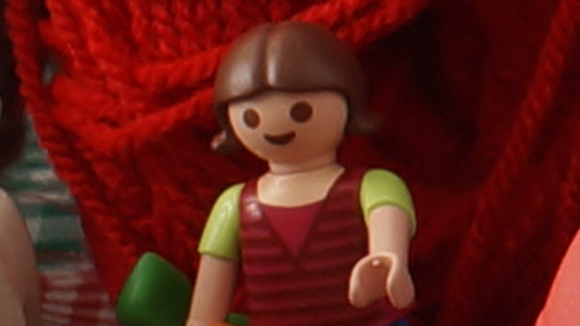
Click here to see the full resolution image
ISO 100
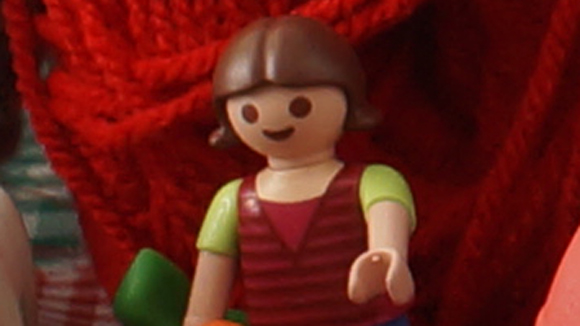
Click here to see the full resolution image
ISO 200
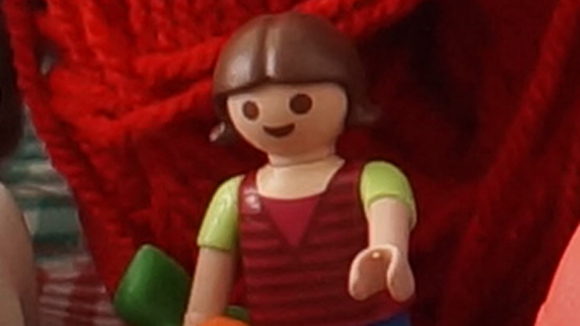
Click here to see the full resolution image
ISO 400
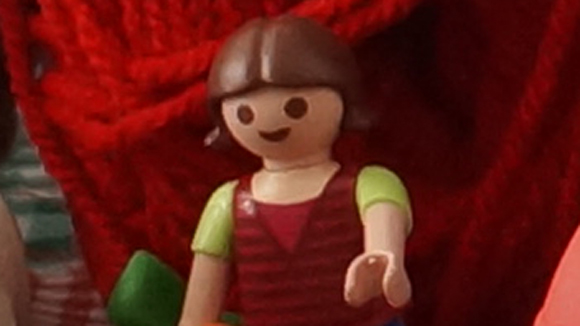
Click here to see the full resolution image
ISO 800
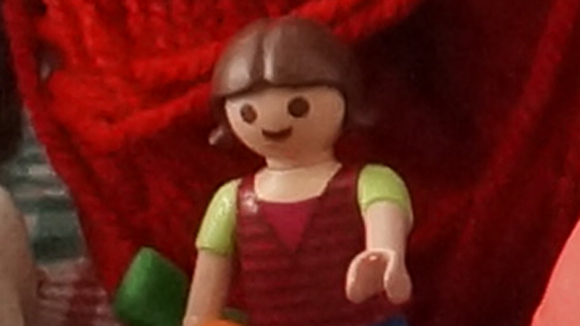
Click here to see the full resolution image
ISO 1600
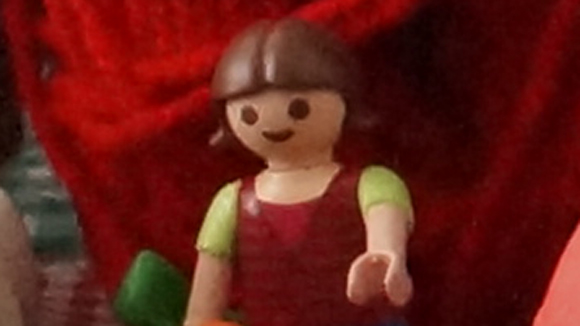
Click here to see the full resolution image
ISO 3200

Click here to see the full resolution image
ISO 6400

Click here to see the full resolution image
ISO 12800

Click here to see the full resolution image
ISO 16000
Raw images
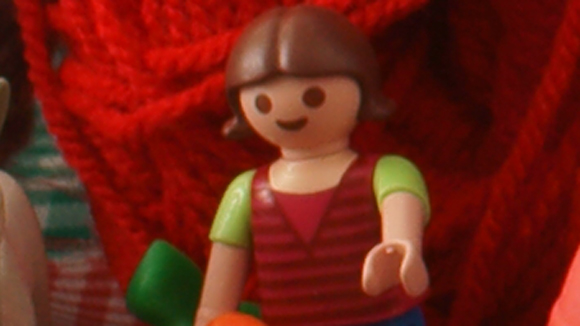
Click here to see the full resolution image
ISO 100

Click here to see the full resolution image
ISO 200
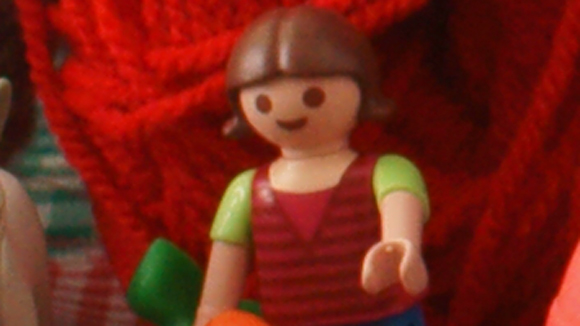
Click here to see the full resolution image
ISO 400

Click here to see the full resolution image
ISO 800

Click here to see the full resolution image
ISO 1600

Click here to see the full resolution image
ISO 3200

Click here to see the full resolution image
ISO 6400

Click here to see the full resolution image
ISO 12800

Click here to see the full resolution image
ISO 16000
With the RX100, Sony has produced a very interesting and very impressive camera. The sensor is large enough to produce high quality images and deliver good low light performance while also being small enough to mean the overall body size of the camera remains exceptionally sleek.
If we were assessing the camera based solely on what it is capable of outputting, it would be easy to say that this camera is near-on perfect for the target market.
It produces excellent images with just the right level of vibrancy, performs well in a number of conditions and perhaps most importantly can fit in a jeans pocket.
Unfortunately, there are a few niggles to be had with the handling that keep this from being the perfect offering. The number of functions that cannot operate in raw format shooting for instance, are a bit of let-down.
We liked
The stylish and small exterior houses a powerhouse of a camera that produces fantastic images for a compact. The fantastic screen quality is also something worth highlighting.
We disliked
It would be great for options such as Clear Zoom and Picture Effects to be available when shooting in raw format – or at least for there to be a quick way to switch to JPEG only.
Final verdict
For those looking for a back-up camera for when the DSLR is too bulky or inconvenient, Sony has produced a truly great camera that should also appeal to anybody wanting to trade up from a mobile phone or budget compact camera.